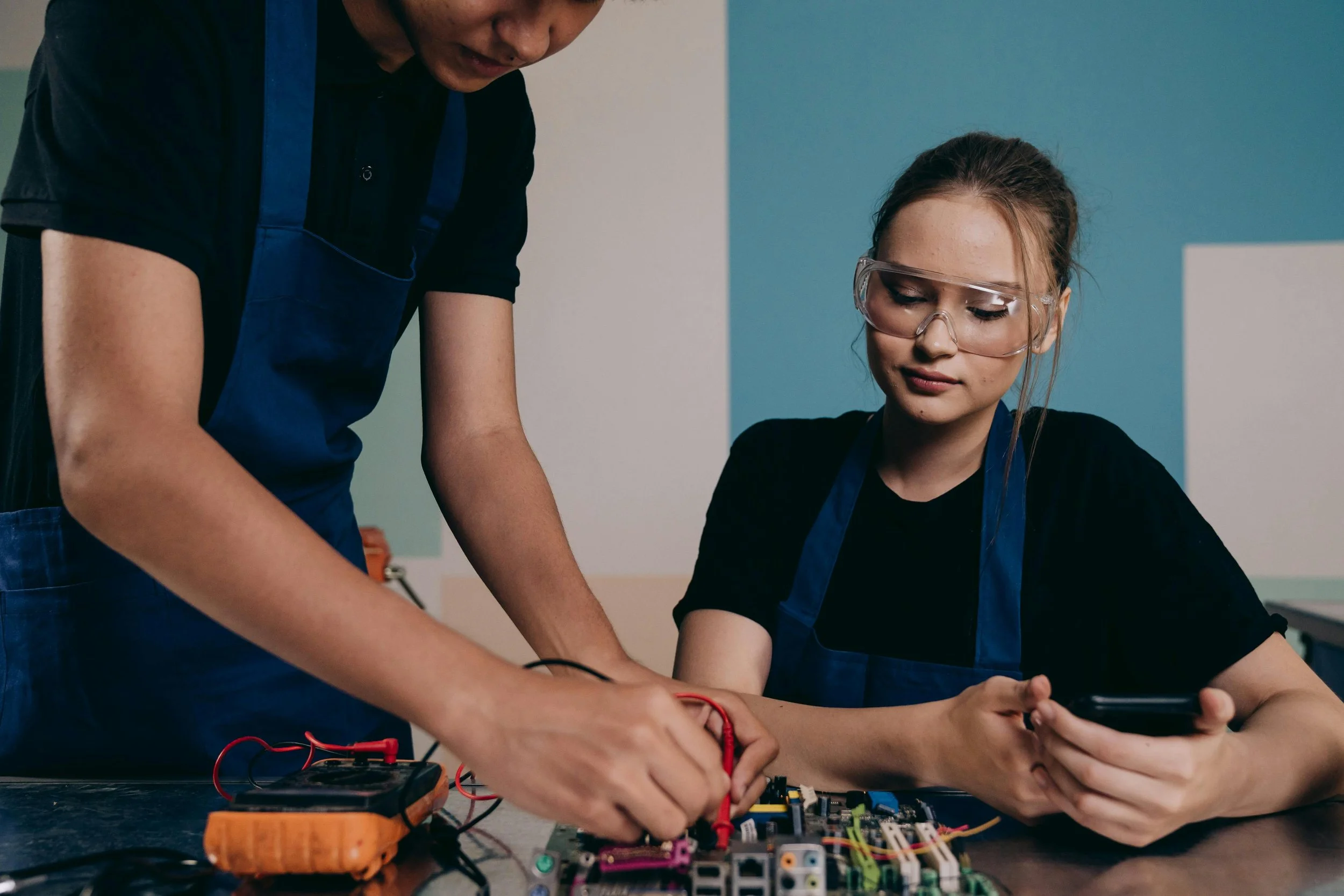
Vlog Adventures
Democratizing the future tech
Watch me build a quantum computer in 20 minutes… Well closer to 4 hours, at x10 speed. I tried to show every step clearly, so you can always go through it frame by frame if there are any parts in the schematic that are ambiguous. Plus even if it’s the 6th time building one of these, there are always a bit of troubleshooting at the end.
More of a promotional video, I try to bring humor to the build. Thanks to my wife for agreeing to be in this video. I also explain the hardships of experimental physics.
Here I work on a couple of upgrades for the polarizer coil.The way it works is that it takes in a signal from the microcontroller, boosts it to 9 volts using the optocoupler, then boosts that again using the irfp mosfets.
I kept finding the Signal to be much lower than what the physics was telling me. My hunches were proven correct when I mobilized the device and took it outside. Turns out having ferrous metal anywhere near the device heavily blunts the signal. This is because deviations in the field mean the protons dont work together to produce a coherent signal.
The video that started it all, Quantum Device v1. This is the old version which used the Duemilanova Arduino, and the original software stack on linux. Since then, I’ve converted everything to work at 3.3v for the pico and updated all the software. Still, pretty good video for understanding what the components do.
Watchers kept asking how an NMR device can do quantum computations, so I put this video together. The audio sucks so I may have to redo it at some point. I go through the physics all the way from spins to quantum algorithms.
Not technically about the quantum computer. I needed to know if the Golay coil was holding an accurate field. Unfortunately that requires both location and field data to do. Field data I can get from most breakout magnetometers. In order to get location data, I leveraged the Oculus’ ability to know where the controller is.
Nuclear Magnetic Resonance has many applications. Besides chemical analysis, and quantum computing, this is also how MRI machines work. The first step is to generate the right kind of magnetic field to overlay the earth’s magnetic field. In this video, I explain how I designed the coil parameters and then commissioned a flexible PCB of the right size.
For a while there it was touch and go with versions 2,3, and 4. I was plagued with noise, software, electronics, power, and explosion issues. I made this video during the dark times to help keep me motivated and because watchers kept asking for an update.
Here was the first ray of hope during the dark times, where it started to look like maybe I could get it working again, even better than before. Interesting to watch if you are into debugging electronics.
Simulating this device in LT spice was useful in understanding what each component is doing. What’s more, it helped immensely when I updated the microcontroller from 5V Duemilanove to 3.3V Pico.
